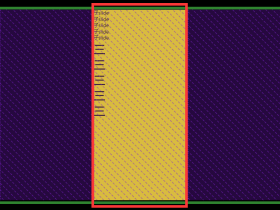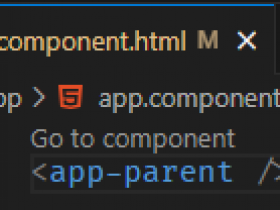- A+
所属分类:Web前端
前言
记录Vue的路由传参方法
参数在url路径上显示
方法一
$router.push传参
//传参: this.$router.push({ path: '/xxxxxxxx', query: { str: '传过去的值' }}) //接收: this.string = this.$route.query.str 方法二
路由配置传参
//配置: path: '/xxxxxxxx/:msg', props: true, //传参: this.$router.push('/xxxxxxxx/' + '传过去的值') //接收: props: { msg: { // 定义所传值的类型 type: String, required: true } } 方法三
路由配置传参(对象)
//配置: path: '/xxxxxxxx/:msg', props: true, //传参: this.$router.push('/xxxxxxxx/' + encodeURIComponent(JSON.stringify(Object)) //接收: props: { msg: { // 定义所传值的类型 type: String, // 通过上页面转成了String required: true } } //使用: var obj= JSON.parse(this.msg) 原理:
1、使用encodeURIComponent(JSON.stringify(Object))把字符串作为 URI 组件进行编码
2、接着使用 JSON.parse(decodeURIComponent(this.msg)) 或者 decodeURIComponent(JSON.parse(this.msg))进行解码转换为Object
3、上面两种哪个正确的不知道,两个我都拿不到Object,直接JSON.parse(this.msg)就拿到数据了
参数不在url路径上显示
笔记丢失,日后补充...




